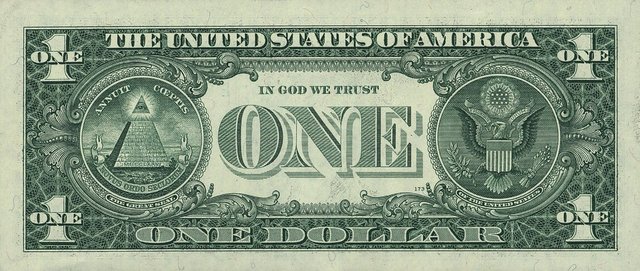REAL PLAN OR DOLLARIZATION
The reaction of the governments of the region was quite simplistic. If the problem was a negative balance of payments, the answer was a change control. If inflation was the increase in prices, the solution was a price control. If the increase in prices deteriorated the salary, an increase in wages was decreed. Everything was regulated.
What happened in Brazil and in almost all Latin America was a drama that today repeats itself in Venezuela with greater intensity and less sense.
Brazil suffered a huge fiscal deficit. Having no access to external credit, he financed it through issues of currency without support from his central bank, which led to both hyperinflation and devaluation. To contain both evils, governments implemented controls of all kinds, including exchange and price, which led to a general shortage of supplies and the appearance of black markets with prices far higher than those set by the authorities.
Does not this sound familiar to us in Venezuela today?
In view of the relative imbalance of prices, a value pattern called URV was created, a fake coin sort tied to the dollar's price, to which all prices, salaries, contracts and tariffs were automatically indexed.
Under such circumstances, President Itamar Franco appoints Finance Minister Fernando Henrique Cardoso who eagerly announced the Real Plan. When he came to office in June 1994, hyperinflation in Brazil reached 46% per month. In the following semester it fell to 3.1% and in 1995 to 1.7%.
As it did?
It undertook a macroeconomic adjustment, advancing a process of trade liberalization and privatization in order to balance the accounts and eliminate the fiscal deficit. The control of changes that existed since 1931 was dismantled. 165 public enterprises were privatized, contributing to the treasury an income of 8% of GDP. The indexation that fed back inflation was limited. The renegotiation of the external debt within the Brady Plan was finalized with a significant reduction in the debt and a relief in the payment schedule.
On July 1, 1994, a new currency called "Real" (unlike a dollarization) was established at the rate of 2,750 real crossovers and the old currency was exchanged for the new one at that rate. The issuance of the Real was limited to the level of international reserves, establishing a parity of 1 Real per 1 Dollar. The Central Bank was granted autonomy to prevent it from financing the fiscal deficit, although the Ministry of Finance's power to modify the exchange rate in case of need was not limited by law (unlike a Conversion Facility). In practice, the real was valued at the beginning with respect to the dollar.
The banking system was restructured and positive interest rates were maintained both to curb the outflow of capital and to limit monetary expansion. The competitiveness of the industrial sector was substantially accentuated, which translated into a jump in Brazilian exports.
The brake on inflation translated into a revaluation of the real wage, stimulating both consumption and production, which led to a fall in the prices of the food basket and a reduction in the proportion of households living in poverty, improving the level of life of vast sectors of the population. The shelves were filled with products and the black market disappeared.
The appreciation of the Real led to a positive flow of capital that made it possible to finance the current account deficit and feed a rapid expansion of international reserves that, between 1995 and 1996, grew by 22,000 million dollars. Foreign direct investment grew, driven by the privatization program and the purchase of private companies by foreign investors. The confidence had been restored.
The success of the Real Plan was such that in the following elections Fernando Henrique Cardoso was elected and later reelected as president of Brazil. And then ... Lula came.
With the difference of the case, the Real Plan is an alternative to consider in Venezuela, correcting errors that over time became evident.
https://steemit.com/busy/@nachosanchez/plan-real-o-dolarizacion
